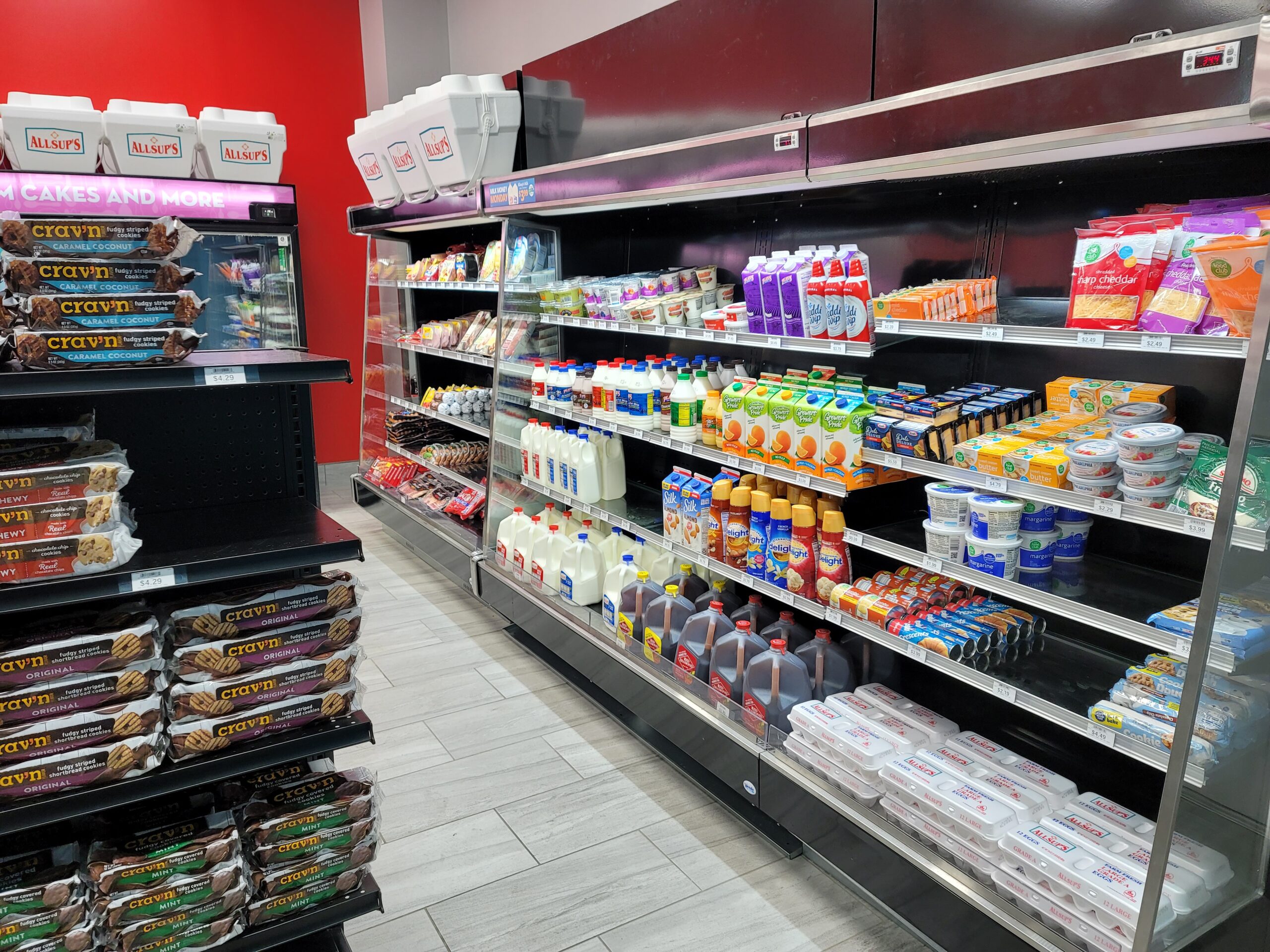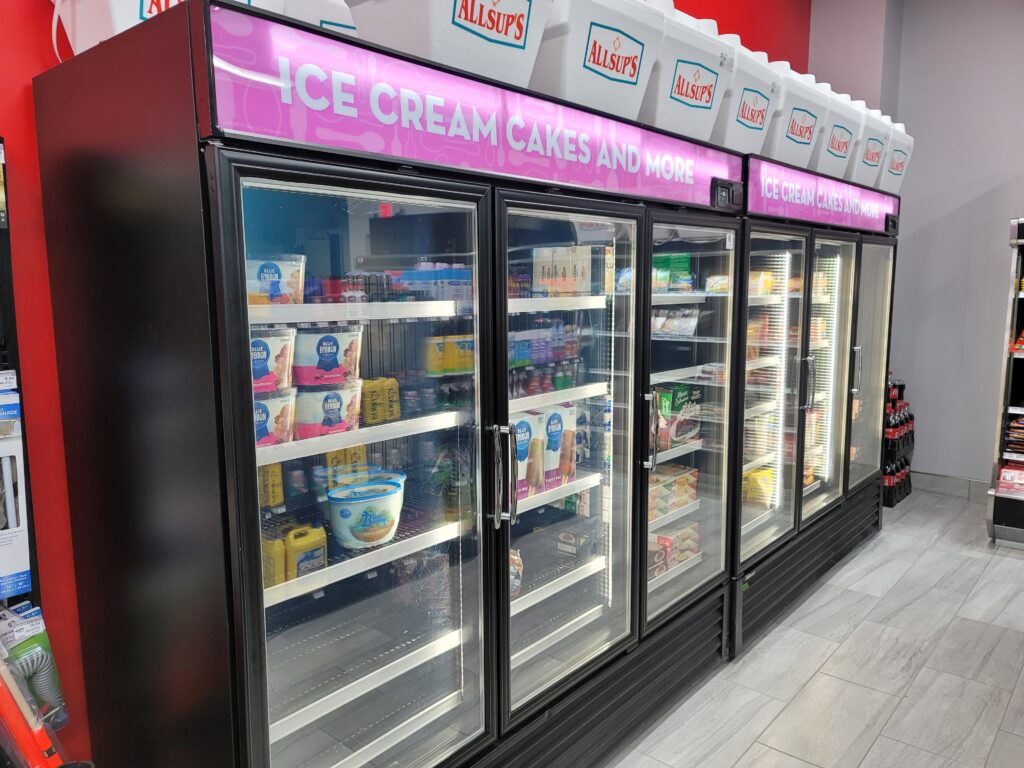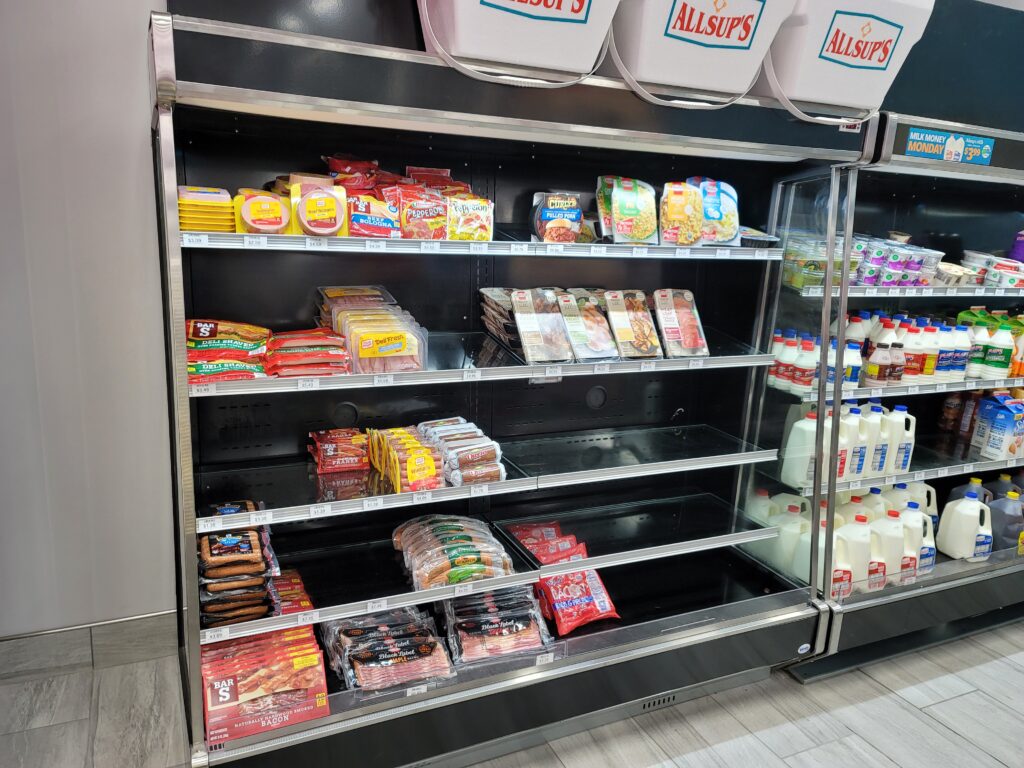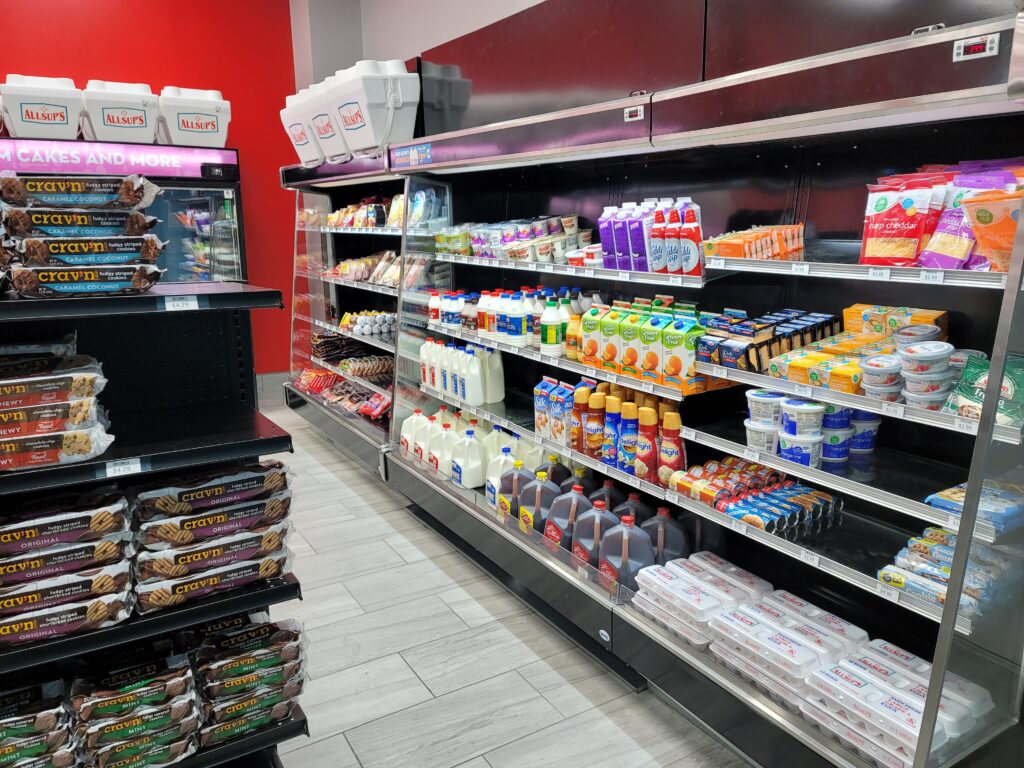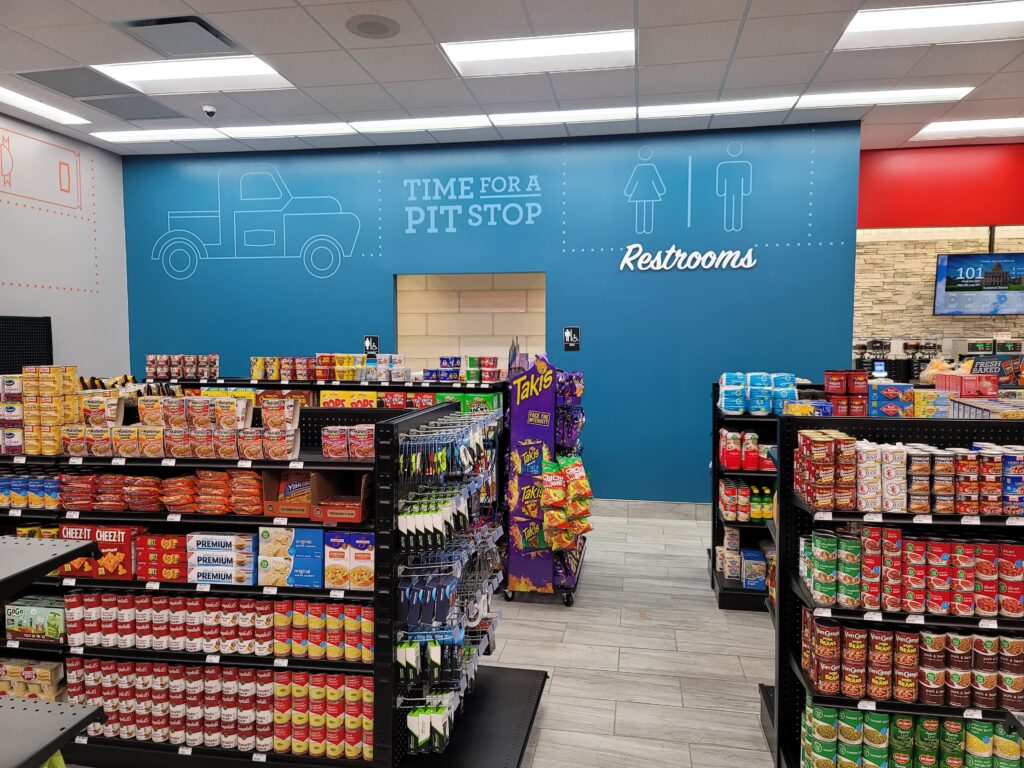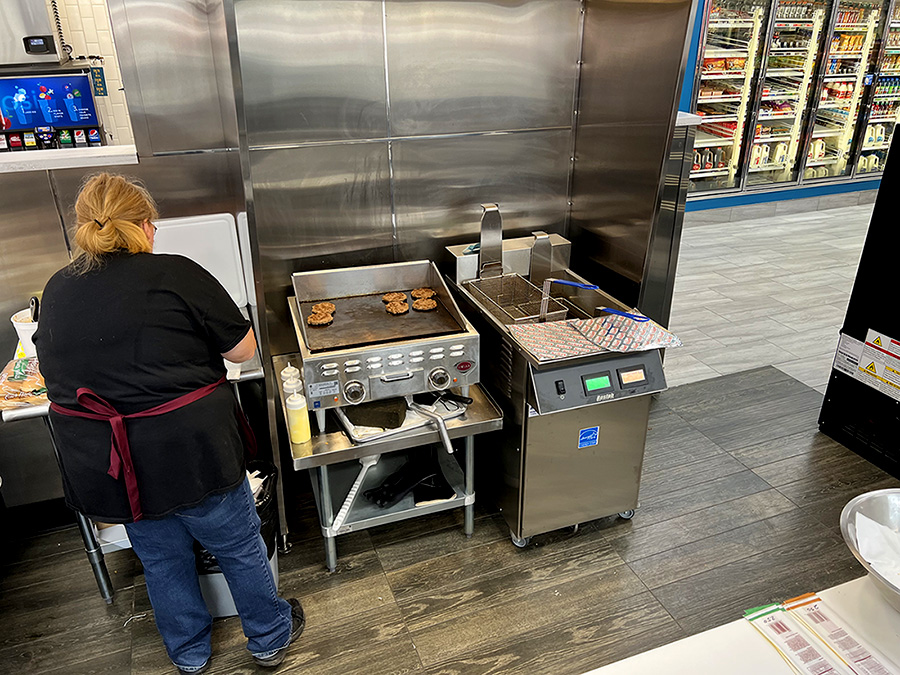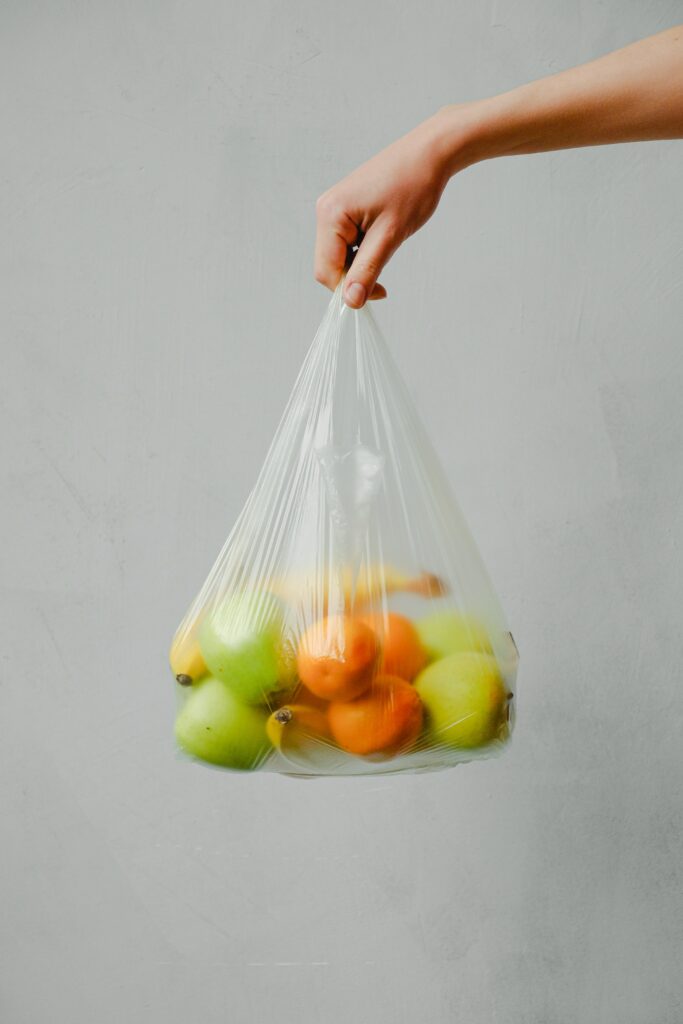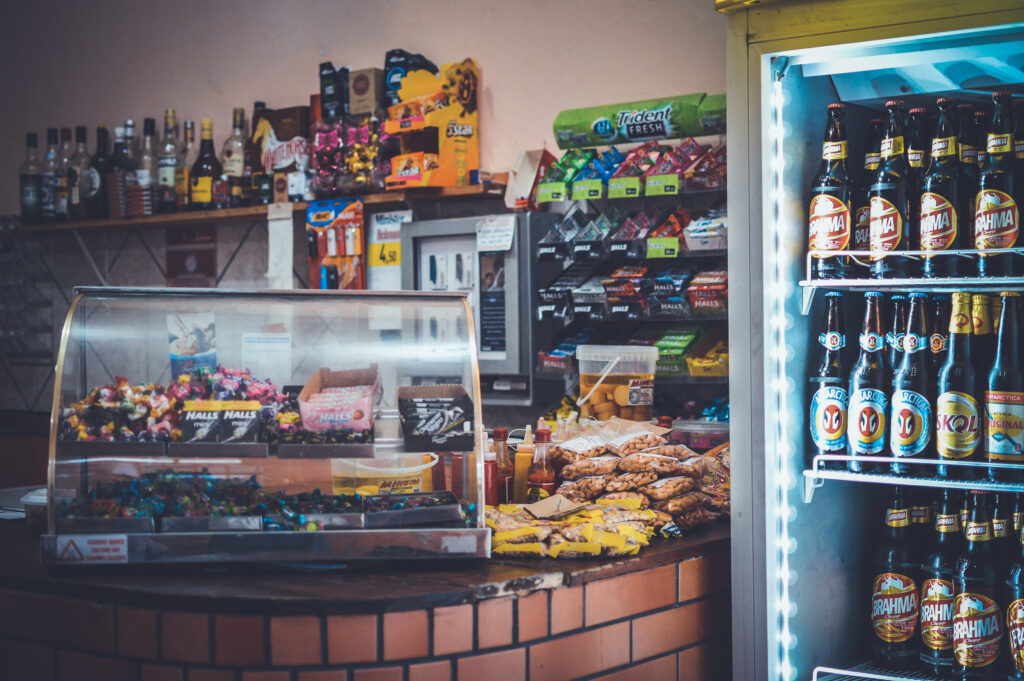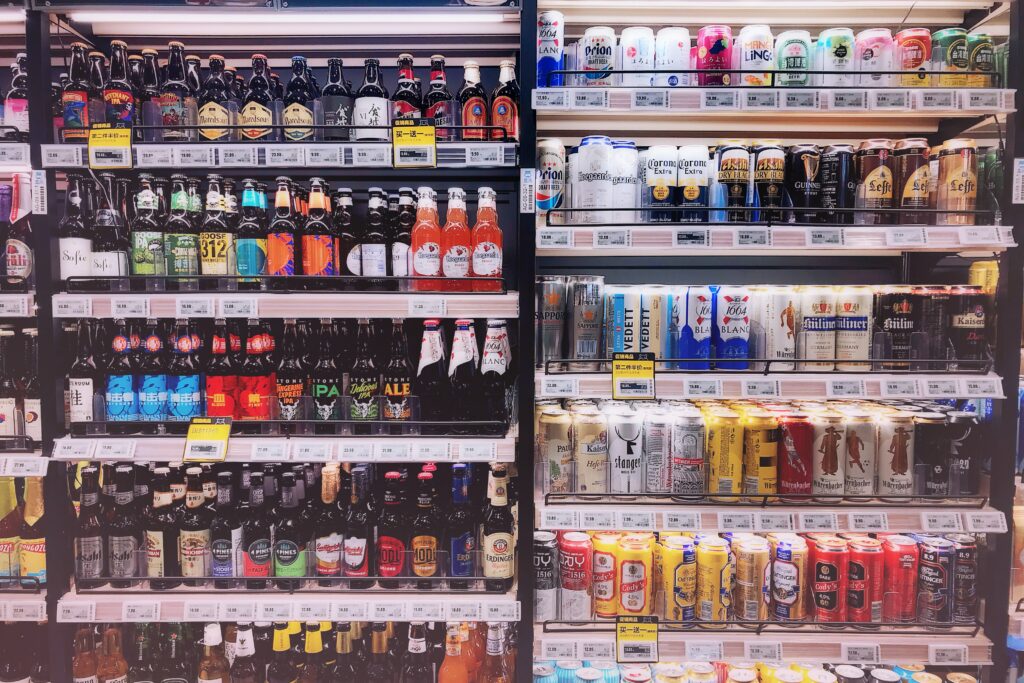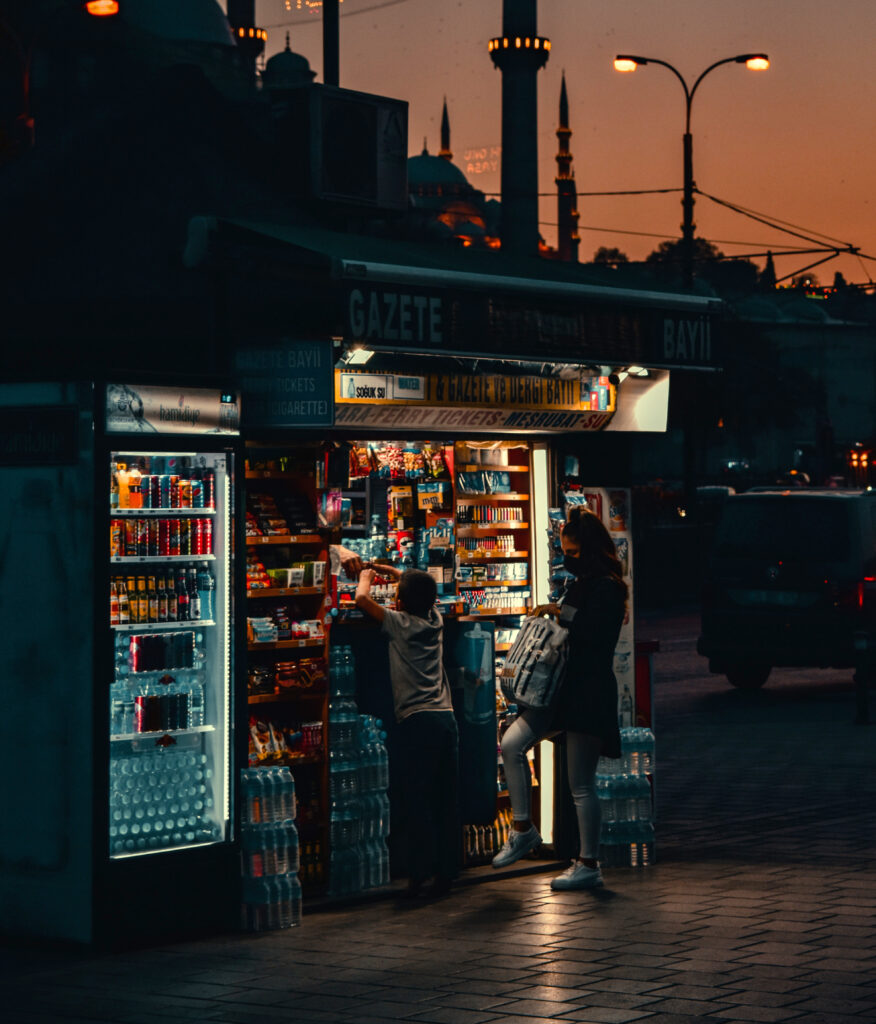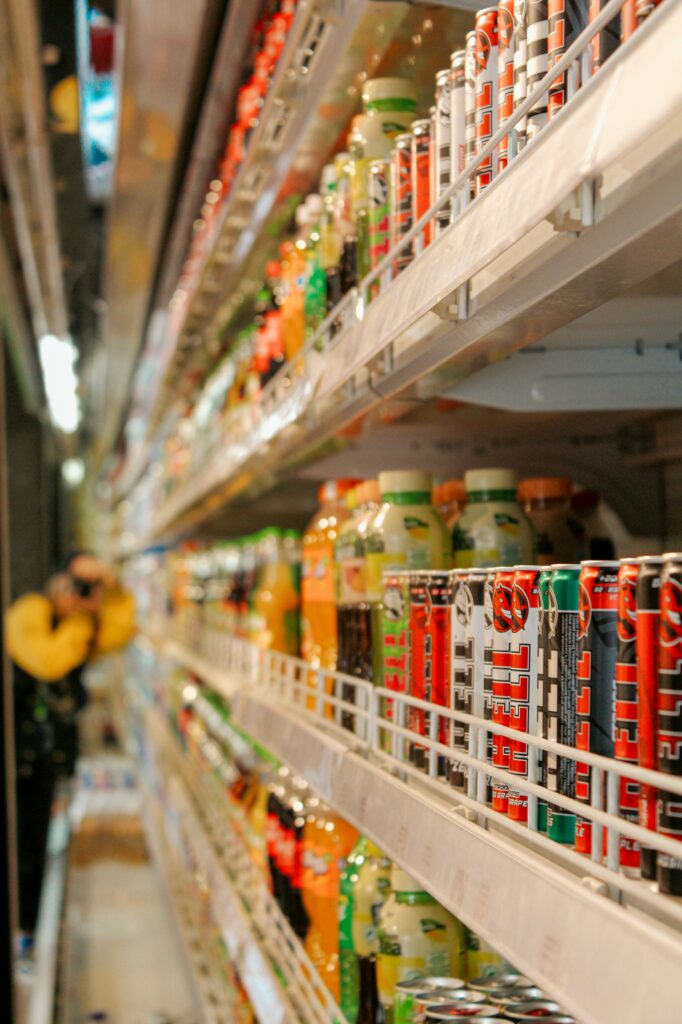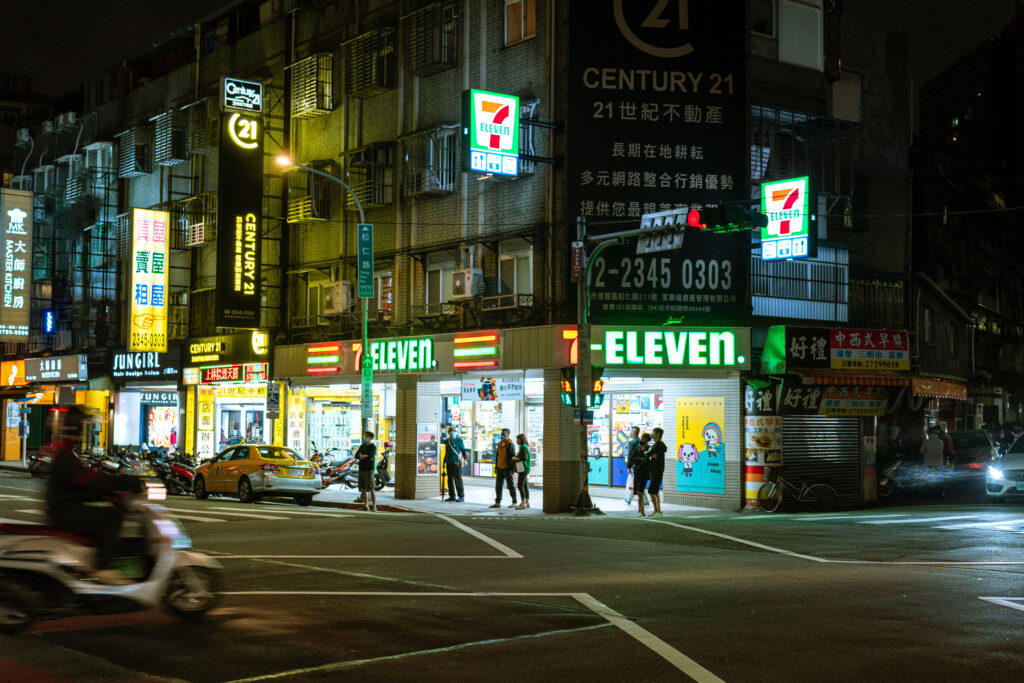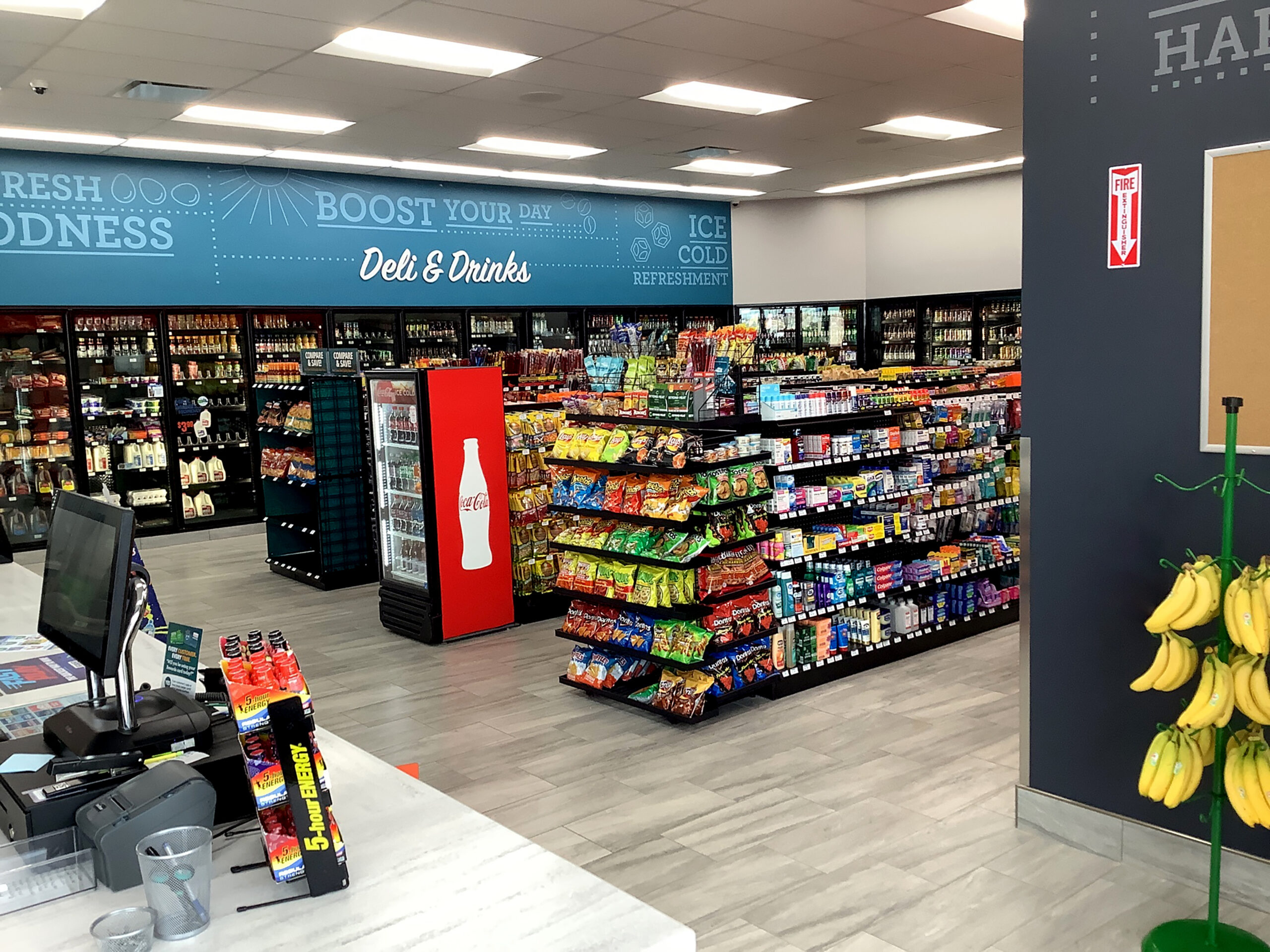
Unlocking Success in Convenience: Embrasing Food Diversity and Hybrid Models for Enhanced Customer Experience
by Mike Cummings, Sr. Principal
April 2024
The future of C-Stores is bright, and there are opportunities to capitalize on demographic shifts and changes in customer preferences to provide a differentiated experience in the marketplace.
“What does the future hold for C-stores?”
First and foremost, diversity of food choices. Providing a full range of choices – diverse snack and meal choices is key. As mentioned in my previous blog on the evolution of C-Stores, millennial preferences trend Mexican, and Gen Z trend Asian. Both grab-n-go and fresh options should be provided. Careful consideration of the market and its customers, along with creating unique, freshly prepared options can create customer loyalty, and increased revenue per visit. This approach, along with healthier choices, can make C-Stores an alternative to fast-casual restaurants.
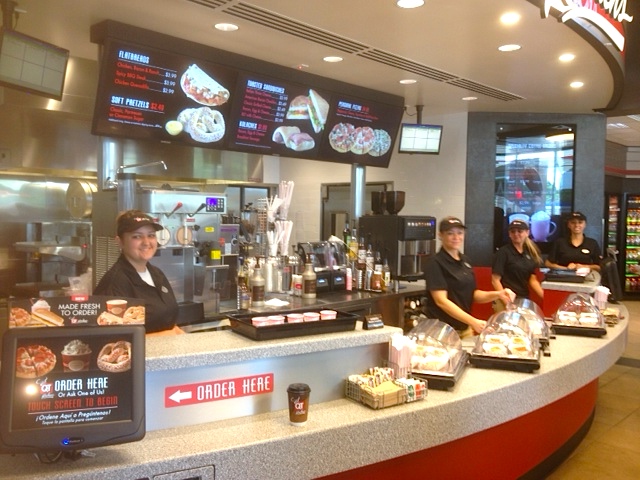

One interesting approach is the hybrid C-store, combining the best of convenience and groceries. Most grocery stores include a market section in the offerings to allow consumers to shop for groceries and pick up a freshly prepared meal at the same time. One development that lends support to the viability of a hybrid C-store opportunity is large grocery stores that include a convenience store in front of the main store. They primarily offer fuel and traditional convenience store type merchandise, along with a few grocery items to provide quicker, easier pickup when only a few items are needed. The hybrid C-Store can provide convenience, grocery, and meals on a 24/7 basis.
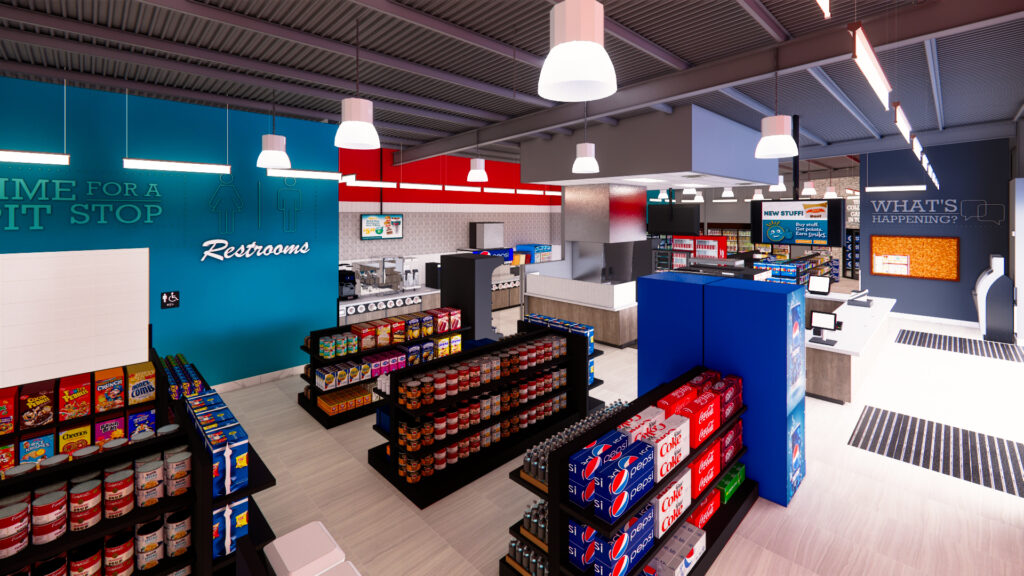
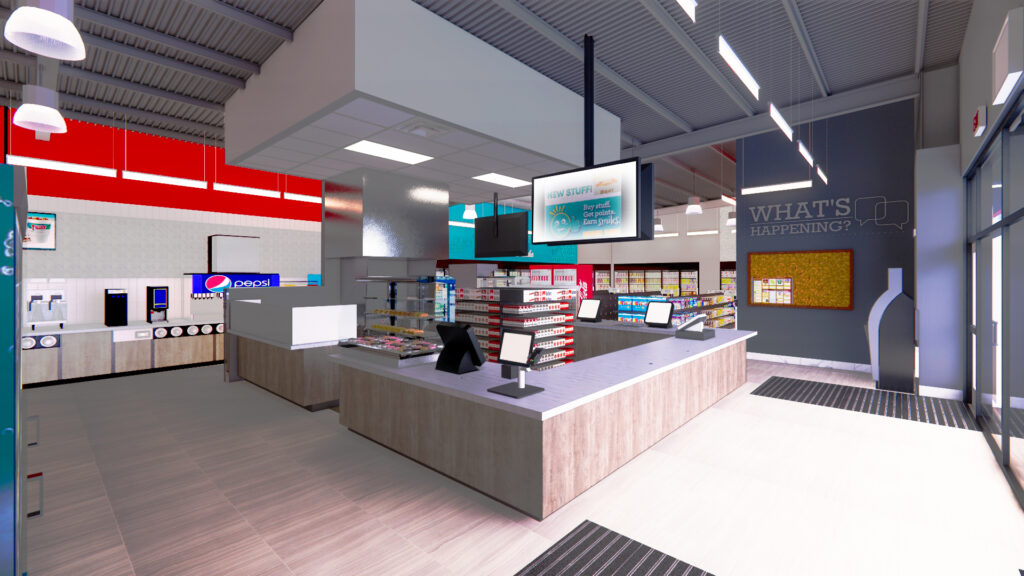
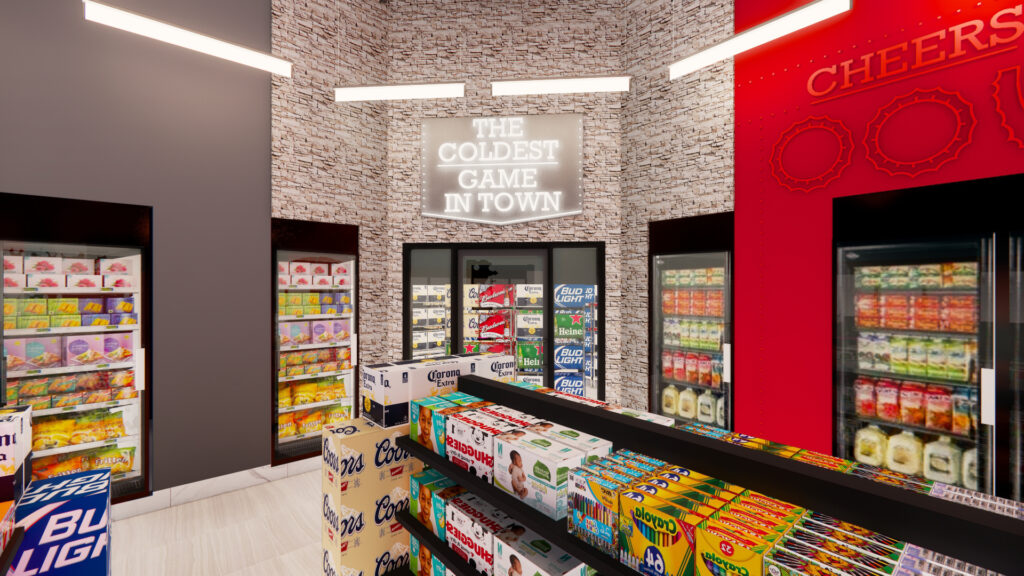
Finally, we come to the most impactful component of the future success of C-stores: the experience. Brightness, cleanliness, and excellent customer service are essential but are not enough. The customer experience, from easy access to ample parking and well-lit and clean exterior are only the start. The interior should be warm and inviting, easy to navigate and find what you came for (and maybe a few more impulse items).
Merchandising layout should be uncluttered with space allocated for everything, including special items that may be overstock, seasonal, or limited time merchandise. Graphics must be planned and consistent, and not reliant on product branded placards or signage; the exception is convenience store branded merchandise. The use of monitors instead of fixed graphics are easy to update and keep current, and allow cross-promotion, and community information to be incorporated.
The customer check-out experience must be designed from the start. Ample checkout stations, and queuing space around checkout are necessary. Consider how you want your customers to line up while they wait for the next cashier. Provide space for impulse items on the counter and along it in a way that does not impede customer flow or diminish customer experience.

Consumers can get virtually anything they want delivered to their home or work, and we have to provide a high level of convenience, and a welcome experience to get them to stop in. Consider drive through, self check-out, and/or express pick-up options to streamline the visit.
That was part 3 of a 3 part series. To see previous parts, click the News tab, on our website!
Mike Cummings, Sr. Principal

